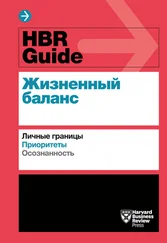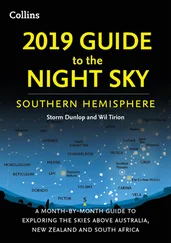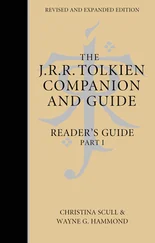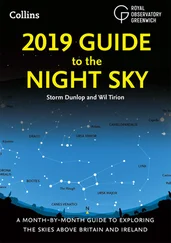Leonid Gavrilov - Moscow guide
Здесь есть возможность читать онлайн «Leonid Gavrilov - Moscow guide» — ознакомительный отрывок электронной книги совершенно бесплатно, а после прочтения отрывка купить полную версию. В некоторых случаях можно слушать аудио, скачать через торрент в формате fb2 и присутствует краткое содержание. Город: Moscow, Год выпуска: 2007, ISBN: 2007, Жанр: geo_guides, Хобби и ремесла, на английском языке. Описание произведения, (предисловие) а так же отзывы посетителей доступны на портале библиотеки ЛибКат.
- Название:Moscow guide
- Автор:
- Жанр:
- Год:2007
- Город:Moscow
- ISBN:978-5-98551-269-4
- Рейтинг книги:3 / 5. Голосов: 1
-
Избранное:Добавить в избранное
- Отзывы:
-
Ваша оценка:
- 60
- 1
- 2
- 3
- 4
- 5
Moscow guide: краткое содержание, описание и аннотация
Предлагаем к чтению аннотацию, описание, краткое содержание или предисловие (зависит от того, что написал сам автор книги «Moscow guide»). Если вы не нашли необходимую информацию о книге — напишите в комментариях, мы постараемся отыскать её.
В формате PDF A4 сохранен издательский макет книги.
Moscow guide — читать онлайн ознакомительный отрывок
Ниже представлен текст книги, разбитый по страницам. Система сохранения места последней прочитанной страницы, позволяет с удобством читать онлайн бесплатно книгу «Moscow guide», без необходимости каждый раз заново искать на чём Вы остановились. Поставьте закладку, и сможете в любой момент перейти на страницу, на которой закончили чтение.
Интервал:
Закладка:
I think I forgot something, right? Probably to say what kind of place this is, and what fabulous metro you can get there. Now re-read carefully the beginning of this article again. The fairy tale is always there, right next to us! This place is called very simply: Kolomenskoye!
And you probably know how to get to it, since you have done this many times. You can go, as described in the article, through the Kashirskaya metro station. Or you can do it as usual, through the Kolomenskaya metro station. Only now, when you go there again, do not stop at the very entrance, walk past the magnificent Temple of the Ascension a little further – to the southern, not very visited by tourists, part of the park, and you yourself, with your own feet, step on this ancient land, from 3 thousand years ago began the settlement of our beloved city of Moscow, which is probably not in vain called the Third Rome.
The headquarters of UNIO “Kosmopoisk” is near this area, and the data presented in this digest guide has been collected by groups of people belonging to this All-Russian Public Research Organization. We have tried to historically and popularly present such an interesting topic about our beloved city – the city of Moscow.
The book is a gift to all researchers, historians, people interested and seeking. And, of course, this guide is not the ultimate truth, and the list of phenomena is far from complete. But our desire is sincere to tell about the city, its history, secrets, riddles, clues and scientific achievements.
Moscow and about Moscow. Cosmological Moscow
It is easier to navigate along the circular metro line, where the metro station “Kurskaya” will correspond to the zero degree, the beginning of Aries. Further clockwise:
– “Taganskaya” corresponds to Taurus and the planet Venus, the color is yellow-green
– “Paveletskaya” – Gemini, planet Mercury, color yellow
– “Dobryninskaya” – Cancer, planet Moon, white
– “October” – Leo, planet Sun, red, cherry
– “Park of Culture” – Virgo, Mercury, light blue
– “Kievskaya” – Libra, Venus, aqua
– Krasnopresnenskaya – Scorpio, Pluto, blue
– “Belorusskaya” – Sagittarius, Jupiter, blue
– “Novoslobodskaya” – Capricorn, Saturn, blue
– “Prospect Mira” – Aquarius, Uranus, purple
– “Komsomolskaya” – Pisces, Neptune, green-blue
There is also an ancient eastern calendar based on a 12-year cycle. This cycle is likely associated with the period of Jupiter's revolution around the Sun – 12 years. Perhaps the largest planet in the solar system just affects earthly life?! This seems to be the case – at least for Russia. We can observe roughly the same in other countries, but with a different origin.
Calculating further into the depths of the centuries this cycle, the astrologers of India, Ancient China and Zorathustra (where these terms were named differently) agreed to consider it the beginning of the year of the Snake. Almost all known Russian troubles began in the year of the Snake or in the first six years of the 12-year cycle… 1605 (the year of the Snake): the death of Tsar Boris, the murder of his son, the accession of False Dmitry I and further a set of events characteristic of troubled times, which are famous Russian physicist Alexander Chizhevsky enlisted in the category of psychomotor epidemic: popular uprisings, riots, unrest, coups, murders, fermentation of minds, weakening of the state principle, external interventions, defensive wars, the enthronement of impostors (after 1605 there were eight of them). 862 (second year of the cycle): riots in Novgorod, accession of Rurik; the date is semi-legendary, therefore the dating is unreliable, but nevertheless… 1689: the end of the actual reign of Sophia, the accession of Peter I, the salvation of Peter I from the rebellious archers (the year of the Snake). You can also name the Pugachev riot and many other historical events…
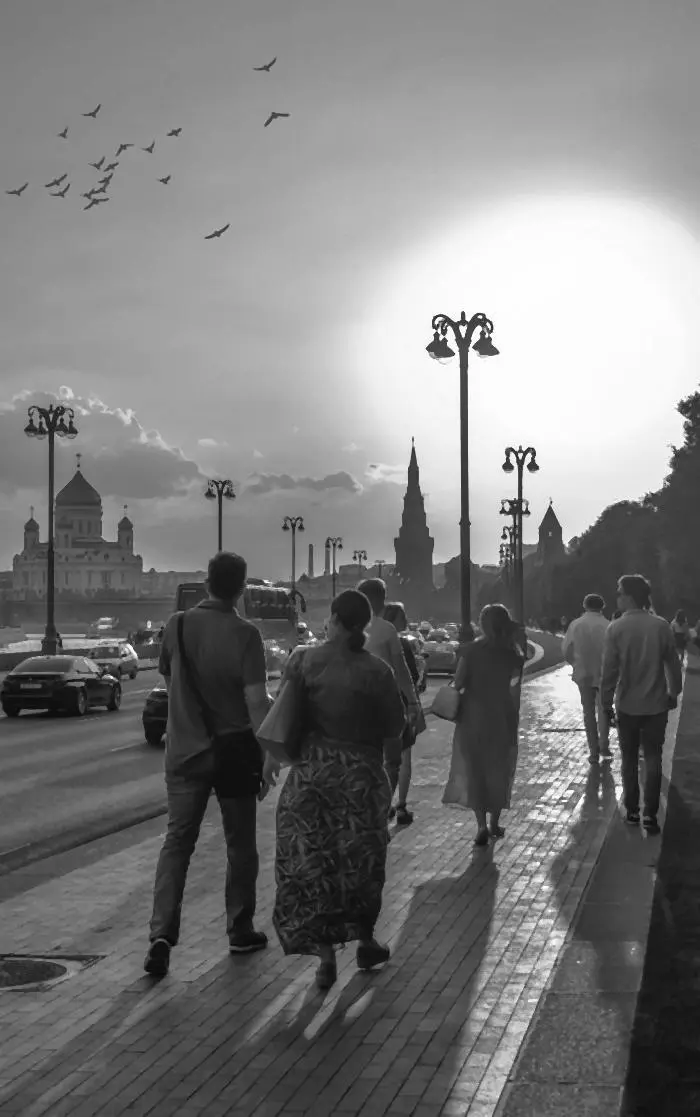

Cycles of Russian history
Let us turn to the history of our civilization, where one of the most striking examples is the comparison of the histories of Ancient Rome (“Rome No. 1”) and the Third Rome – Moscow. In Rome, the first, as you know, Gaius Julius Caesar became the first to wear the high rank of “emperor” constantly; in the history of our country, for the first time it awarded this title to Peter I the Great. Caesar in 46 BC e. introduced the Julian calendar, in which the year began on January 1. Peter I introduced a new calendar in Russia by decree of December 15, 1699, after which the New year was also celebrated on January 1 (instead of September 1). Caesar created a headquarters in his army, introduced the position of chief of engineers; it carried a similar transformation out under Peter, the General Staff and engineering troops appeared in the Russian army. Caesar outlined his views on the conduct of hostilities in the “Notes on the Gallic War” and “Notes on the Civil War”; Peter called his similar works “The Rules of Battle” and “The Establishment in Battle”… There are many similar coincidences, since the personalities of both “first emperors” – Caesar and Peter – coincide in the main: both of them were reformers, magnificent state, political and military leaders, administrators and diplomats. So the chain of coincidences is too long to be considered pure coincidence… great state leaders, political and military leaders, administrators and diplomats. So the chain of coincidences is too long to be considered pure coincidence… great leaders, political and military leaders, administrators and diplomats. So the chain of coincidences is too long to be considered pure coincidence…
The Saratov writer Yuri Nikitin, who published the book discovered a strange coincidence in Russian history “Tsar's Fun” about the peculiarities of Russian national hunting. It turns out that in a long line of all the Russian-Soviet top leaders of the country there were only two people who were ardent opponents of shooting at animals (everyone else, including Lenin, Stalin, Brezhnev and others, was keen to hunt). These two people – Tsar Feodor Alekseevich Romanov (1661–1682) and Mikhail Sergeevich Gorbachev (b. 1931) – were separated by three centuries of history, but this is the only thing that separates them. But it unites – a lot! Each ruled for 6 years; both were under strong female influence (Agafya's wives with her aunt Tatyana Mikhailovna, and three hundred years later – Raisa Maksimovna's “family party organizer” with Margaret Thatcher); both were convinced teetotalers; both fought with privileges (boyar, and then – party); both pardoned the troublemakers and returned from exile those offended by the previous government (“Pustozersk imprisoned”, and after 3 centuries – Soviet dissidents, including A. Sakharov); both ended their terms of rule in great troubles. Relying on this almost mirror-like property, Yu. Nikitin even suggested that the next such leader would appear in our country a little less than 300 years later, in the XXIII century (KP, 1998, May 22, p. 6). By the same logic, it turns out that the previous reluctant tsars in Russia had to tragically end their reign not only in the 17th and 20th centuries, but also in the XIV, XI… and so on into the depths of the centuries. However, too little is known about the leaders of that gray-haired antiquity… both pardoned the troublemakers and personally returned from exile those offended by the previous government (“Pustozersk imprisoned”, and 3 centuries later – Soviet dissidents, including A. Sakharov); both ended their terms of rule in great troubles. Relying on this almost mirror-like property, Yu. Nikitin even suggested that the next such leader would appear in our country a little less than 300 years later, in the XXIII century (KP, 1998, May 22, p. 6). By the same logic, it turns out that the previous reluctant tsars in Russia had to tragically end their reign not only in the 17th and 20th centuries, but also in the XIV, XI… and so on into the depths of the centuries. However, too little is known about the leaders of that gray-haired antiquity… both pardoned the troublemakers and returned from exile those offended by the previous government (“Pustozersk imprisoned”, and 3 centuries later – Soviet dissidents, including A. Sakharov); both ended their terms of rule in great troubles. Relying on this almost mirror-like property, Yu. Nikitin even suggested that the next such leader would appear in our country a little less than 300 years later, in the XXIII century (KP, 1998, May 22, p. 6). By the same logic, it turns out that the previous reluctant tsars in Russia had to tragically end their reign not only in the 17th and 20th centuries, but also in the XIV, XI… and so on into the depths of the centuries. However, too little is known about the leaders of that gray-haired antiquity… Sakharov); both ended their terms of rule in great troubles. Relying on this almost mirror-like property, Yu. Nikitin even suggested that the next such leader would appear in our country a little less than 300 years later, in the XXIII century (KP, 1998, May 22, p. 6). By the same logic, it turns out that the previous reluctant tsars in Russia had to tragically end their reign not only in the 17th and 20th centuries, but also in the XIV, XI… and so on into the depths of the centuries. However, too little is known about the leaders of that gray-haired antiquity… Sakharov); both ended their terms of rule in great troubles. Relying on this almost mirror-like property, Yu. Nikitin even suggested that the next such leader would appear in our country a little less than 300 years later, in the XXIII century (KP, 1998, May 22, p. 6). By the same logic, it turns out that the previous reluctant tsars in Russia had to tragically end their reign not only in the 17th and 20th centuries, but also in the XIV, XI… and so on into the depths of the centuries. However, too little is known about the leaders of that gray-haired antiquity… that the previous reluctant tsars in Russia had to tragically end their reign not only in the 17th and 20th centuries, but also in the XIV, XI… and so on into the depths of the centuries. However, too little is known about the leaders of that gray-haired antiquity… that the previous reluctant tsars in Russia had to tragically end their reign not only in the 17th and 20th centuries, but also in the XIV, XI… and so on into the depths of the centuries. However, too little is known about the leaders of that gray-haired antiquity…
Читать дальшеИнтервал:
Закладка:
Похожие книги на «Moscow guide»
Представляем Вашему вниманию похожие книги на «Moscow guide» списком для выбора. Мы отобрали схожую по названию и смыслу литературу в надежде предоставить читателям больше вариантов отыскать новые, интересные, ещё непрочитанные произведения.
Обсуждение, отзывы о книге «Moscow guide» и просто собственные мнения читателей. Оставьте ваши комментарии, напишите, что Вы думаете о произведении, его смысле или главных героях. Укажите что конкретно понравилось, а что нет, и почему Вы так считаете.



